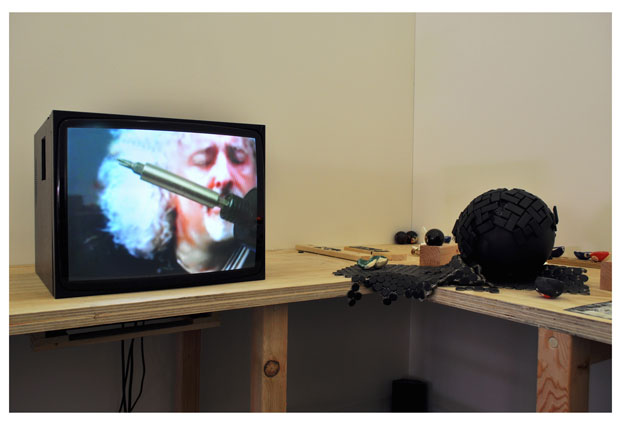
Frieze New York: the special projects
The specially commissioned works we’re most looking forward to at this year's debut show
Tomorrow Frieze New York launches for the first time and, like the London version, the huge expo will play host to specially commissioned original works that will show alongside highlights from the exhibiting galleries. One of London’s memorable special projects from last year was Pierre Huyghe's Recollection – a live Hermit Crab who made its home/shell in a replica of Brancussi's Sleeping Muse. Another was Iranian artist Anahita Razmi's film of her dancing across the rooftops of Tehran, recreating Tricia Brown’s 1971-73 Roof Piece, which saw her flit across the roofs of SoHo, New York as its point of departure.
Frieze New York’s first special projects look set to be equally exciting and provocative. Many of the initiatives will take visitors outside - something October British weather discourages at the UK fair - as the venue’s setting of the picturesque Randall’s Island plays hosts to outdoor works by Virginia Overton and Latifa Echakhch. Overton’s piece involves installing flexible mirrors amongst the trees, curved and held into shape with straps. Laying on the grass and placed between the trees, the mirrors will reflect New York’s spring sky and it’s most searing blue point of the year. Echakhch’s outdoorsy project will see her turn a patch of grass on Randall’s Island into an enchanting mirage, installing hundreds of tumbleweeds in an incongruous location.
Perhaps the most headline-grabbing special project at Frieze New York will be Uri Aran’s Untitled, Ticket Shack (2012). Tapping into the contemporary art zeitgeist, Aran’s work incorporates the current trend for video art, the resurgence towards performance, and a nod to the idea of an encounter as art (see this year’s coming Tate Turbine Hall installation by Tino Sehgal). Aran will turn a derelict structure into a fictional examination room in which actors will play the roles of doctors and patients. The encounters will be filmed and projected live inside the fair. “It will refer to the notion of a televised doctor, and on a very basic level, the mediated image,” Aran said recently. “I’m interested in stock images of doctors and how the televised persona of a doctor is almost the definition of what that profession is at this point. I’m interested in things that have a preconceived moral starting point. In society, a doctor is good—simple as that. Almost like a dog is good or a bear is good.” Born in Israel in 1977, Aran is part of a new generation of Israeli artists who exhibit a deep skepticism about questions of identity, sentimentality and the ways in which we create images of desire.